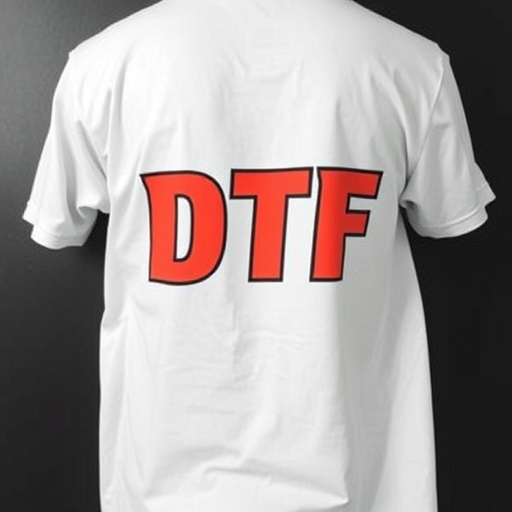Before setting a competitive pricing strategy, conduct an in-depth market analysis to understand industry trends, consumer behavior, and direct competition. Research similar products like ceramic window tinting or vehicle scratch protection to gather price insights, unique selling points, and customer feedback. This comparative analysis identifies gaps where your product's differentiation can be emphasized through pricing, ensuring it stands out while remaining competitive based on its distinct value proposition. Effective competitive pricing requires understanding market trends, consumer behavior, competitor strategies, and industry fluctuations to differentiate products while maintaining profitability. Staying updated with emerging technologies and consumer preferences drives sales and fosters a strong market edge. Competitor pricing research identifies gaps and opportunities to differentiate your offerings, providing insights into industry standards, customer expectations, and potential profit margins.
Developing an effective competitive pricing strategy is a critical component of any business’s success. This article guides you through a comprehensive approach, from understanding your market dynamics and competitors to setting well-aligned pricing objectives and targets. We’ll explore strategies for implementing and refining your pricing plan, ensuring it remains dynamic and responsive to market feedback. By mastering these steps, businesses can optimize their competitive positioning and maximize profitability while retaining key customers.
- Understanding Your Market and Competitors
- – Analyzing market trends and dynamics
- – Researching competitors' pricing strategies
Understanding Your Market and Competitors

Before crafting a competitive pricing strategy, it’s crucial to understand your market and competitors deeply. This involves a thorough analysis of industry trends, consumer behavior, and direct competition. Researching similar products or services in your sector, like ceramic window tinting or scratch protection for vehicles, reveals not only their prices but also unique selling points and customer feedback.
By comparing your offerings to those of competitors, you can identify gaps in the market where differentiation is possible. This knowledge helps in setting prices that are both competitive and reflective of your product’s unique value proposition—whether it’s superior quality, additional features like advanced window tinting technologies, or enhanced vehicle protection.
– Analyzing market trends and dynamics

To develop an effective competitive pricing strategy, understanding market trends and dynamics is paramount. This involves keeping a close eye on consumer behavior, competitor pricing strategies, and industry fluctuations. By analyzing these factors, businesses can identify opportunities to differentiate their products or services while maintaining profitability. For instance, in the car customization and vehicle protection sectors, market trends may suggest increased demand for enhanced safety features or personalized aesthetics, allowing companies to adjust their pricing accordingly.
Moreover, staying abreast of emerging technologies and consumer preferences related to vehicle enhancement can provide insights into pricing strategies. Companies that adapt quickly to these changes, whether it’s through offering advanced navigation systems or innovative vehicle protection solutions, can position themselves competitively in the market. This dynamic approach ensures that pricing remains relevant and aligned with customer expectations, ultimately driving sales and fostering a strong competitive edge.
– Researching competitors' pricing strategies

Understanding your competitors’ pricing strategies is a cornerstone of developing an effective competitive pricing strategy for your business. Start by gathering intelligence on their products or services that are similar to yours, such as vinyl wraps, protective coatings, or window tinting. Analyze not just their listed prices but also any hidden costs or value-added services they offer. This comprehensive research will help you identify pricing gaps in the market and uncover opportunities to differentiate your own offerings.
By studying competitive pricing, you can gain valuable insights into industry standards, customer expectations, and potential profit margins. It’s crucial to remember that pricing isn’t just about matching or beating competitors; it’s about positioning your business strategically within the market. This means considering not only direct rivals but also indirect competitors offering alternative solutions—like protective coatings instead of vinyl wraps or specialized window tinting services.
Developing an effective competitive pricing strategy requires a deep understanding of your market and competitors. By analyzing market trends, staying informed about industry dynamics, and researching rival pricing tactics, you can set prices that are both profitable and competitive. This approach allows you to stay ahead in the market while ensuring customer satisfaction. Embrace these strategies to optimize your competitive pricing and gain a significant edge over the competition.














